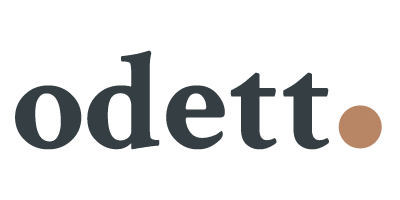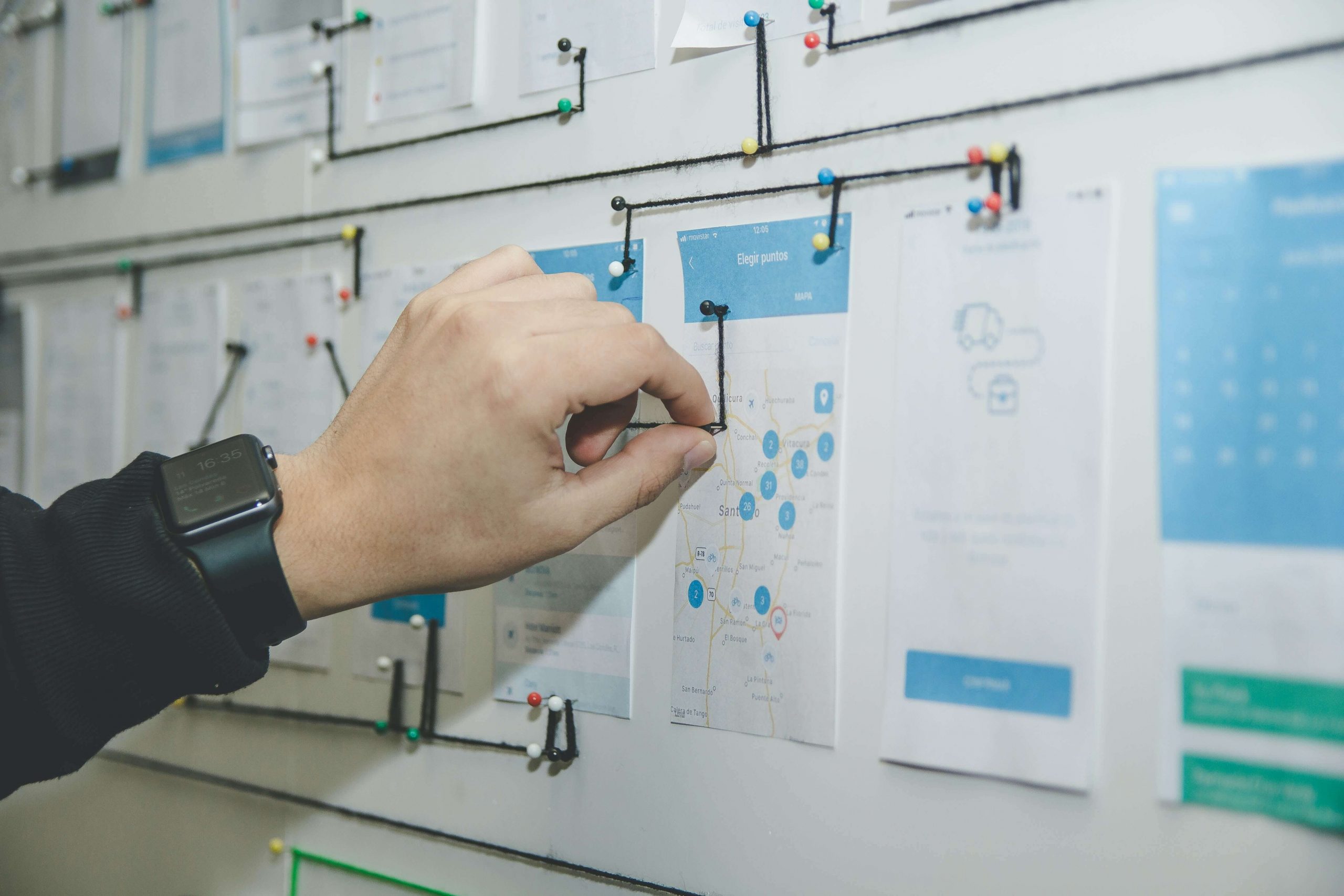A journey map sometimes called a customer journey map, is a compact visual of the journey a customer makes in several phases while interacting with your product and/or brand. This post will explain why and how you should make a journey map.
On average a brand loses 51% of customers online due to a bad user experience. Journey mapping could help you figure out what happens on the customer’s journey and how to boost sales back up. Journey mapping might cost time, but companies properly using journey maps see a 54% Marketing ROI and a boost in employee engagement.
What are the benefits of journey mapping?
By using a journey map, a company will be able to maximize its sales. Understanding the path taken by your customers can help you cut useless steps or redesign steps that have a higher bounce rate into a more user-friendly experience. A journey map is an ideal tool to find out when and where to engage with your customers in their journey, perhaps when to upsell or when to encourage users to follow a different path.
Journey mapping not only helps with customer engagement but also employee engagement. Employees who better understand their customers will be better equipped with serving them and create greater empathy for the customer.
And lastly, journey mapping can increase customer referrals. Customers that are happy with their user experience are 3x more likely to spend more money on your brand and talk to their friends and family about their positive experience. In essence, journey maps can actually increase customer happiness.
What goes in a journey map?
1. Touchpoints
The touchpoints in a journey map are there to show what your customer is doing. This is about their taken actions. For example: purchasing your product
2. Channels
The Channels are an indication of how the customer is doing this. For example, they are paying for that product by using their bank card, or card-less pay by phone.
3. Phase of Buying Cycle
The buying cycle is about when the customer is experiencing these touchpoints and channels. There are 4 phases in the buying cycle
- Awareness. In this phase the customer gets in touch with your brand. Maybe they hear about it from a friend, via an add or in a store.
- Consideration. During this phase, the customer will be comparing alternatives, these could be similar type products from your brand or from competitors.
- Purchase. In this phase the customer decides to buy the product.
- Post-purchase. The final phase is what happens after the purchase, for example using the product or talking to other people about their purchase.

4. Emotions
These are the emotional reactions a customer experiences during their journey. And believe me, they are a lot. Users experience ups and downs while using your product, having ranging emotions from anxiety to relief, to happiness and sadness. You can pinpoint these pains and gains on your journey map. By doing so you will be able to learn about their problems and thus find out when, where, and how to create a better user experience for the customer.
5. Research
And last but not least, you should add additional research to your journey map. If you’re working on an online web purchase journey, you could implement data from google analytics to pinpoint bounce rates and consideration times, or interviews to directly quote your user in their journey. This additional research will increase the reliability of your journey map and will also help stakeholders to understand what the user is experiencing.
Where do you get the data for your journey map from?
Desk research
First off you need to be able to think like your customer, where do they hang out? What social media do they use? For example: if your customers are moms, they are highly likely to be in Facebook groups. You can use Facebook groups to look for the most discussed topics and recommendations users give each other to gain insight into your customers. You can also post questions on social media groups to create a conversation with your users. What is important here is to not sell your product but to be genuinely curious about your customers.
Interviews
Imagine, you ask your customers what they think of your product and they say: “it’s simple and easy to use”, yet your numbers show that these customers, although it’s easy to use, are not converting and driving sales. This is because often in user research, the wrong questions are asked. To actually find out what your users are thinking, feeling, and experiencing, you need to ask the right questions. To do so, you can use the 4 phases of the buying cycle.
Awareness: in this phase, you want to ask questions based on the topic of your product, not about your brand or product. For example:
- What problem did you encounter with X that led you to finding a solution?
- What are your biggest challenges when it comes to X?
Other questions to understand the user in the awareness phase could be:
- What were you doing when your heard about this company?
- What drew you to this brand?
- Who told you about this product?
Consideration: this phase is all about the comparisons that the user has gone through so ask questions such as:
- What other products have you tried already?
- What sources did you get information from when looking into this product?
- Who did you ask for advice?
- What features were most important to you when comparing alternatives?
Purchase: In this phase, the customer is purchasing your product so ask the following questions to understand their behavior better:
- What was your process in buying this product?
- Who made the final decision to buy the product?
- Who influences your decision?
- What would stop you from buying?
Post-purchase: This is the phase where the customer is using your product or has talked about your product with others. Ask the following questions:
- What did you do with the product?
- How are you using the product and how often?
- What did you tell your friends about it?
- Now that you have been using it for a while, what features are most important to you?
Keep in mind that these are starter questions. A semi-structured interview style works best to really dig deep into the feelings, thoughts, behaviors, and actions of your user. Keep it open, explore topics and stay away from closed questions that only result in yes or no answers. This can also be done in a focus group style to have customers engage with each other when discussing their journey.
Ethnography
Observing customer behavior in the wild is also a valid UX tool to collect data. This fly-on-the-wall method gives you first-hand insights into their processes, behavior, and motivations while shopping.
Mobile diary studies.
If you’re looking for insights into the long-term use of your product then a mobile diary study could also come in handy. In this case, you ask your customers to log their experiences over time. Of course, you have to make it easy for users to log their experiences by setting them up with an online diary system, asking them to record their screen while using the product, mouse-tracking, or prompts to help them evaluate their actions.
What’s next?
When you have mapped out your customer’s journey and found out where, when, and why the negative emotions occur, you can come up with a new plan for a design. Before diving into the detail you want to create a service blueprint first. A service blueprint is basically a plan for how a company is going to deliver an improved customer experience, both visibly onscreen for the customer and behind the scenes for the developers. You can do this directly in your journey map by highlighting the touchpoint at which the negative emotion was experienced and the on-stage action that the user will see now on their screen. For the development team, this means that there are new actions bound to be developed (such as copywriting or artwork) as well as the supporting processes that need to be developed.

Conclusion
Your customers want their interactions with your product to be easy and seamless. A journey map allows you to plot how customers are working with your product so you can streamline it and make it friction-free. Because creating the ideal customer experience is what will differentiate you from your competitors. The key here is to make sure you incorporate your user into the process of the journey map.
If you have any questions about journey maps feel free to get in touch with my via email or via LinkedIn




